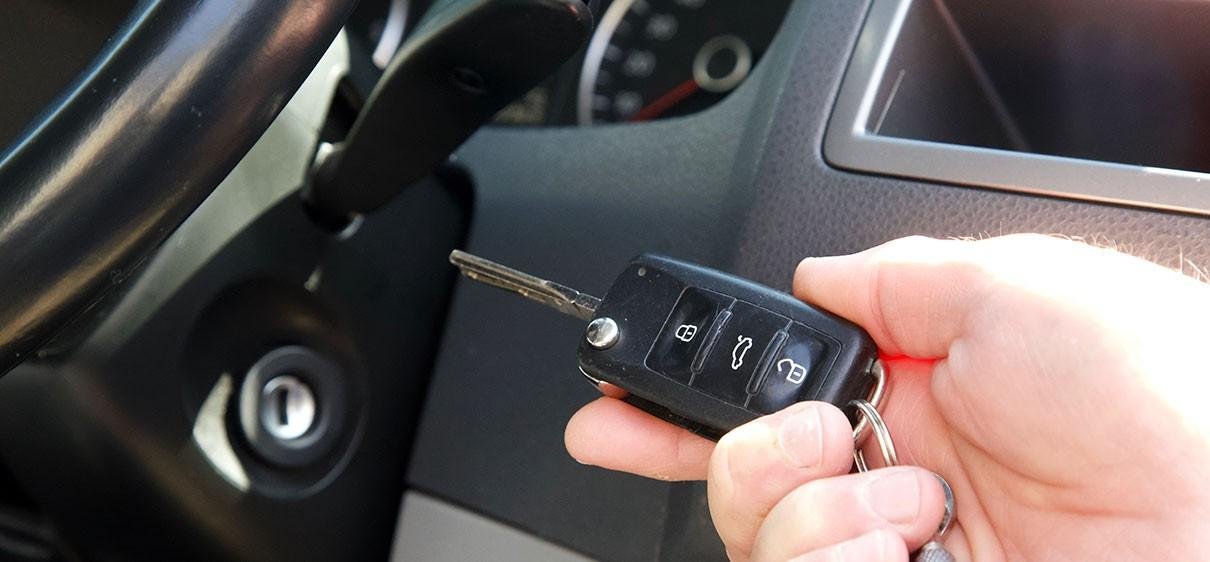The Future of In-Car Emergency Response Systems

The future of in-car emergency response systems is poised for significant advancements. The system leverages cutting-edge technology and innovative solutions to enhance safety and reduce emergency response times. This is in tandem with the advent of autonomous cars.
Self-driving cars have the ability to lower accident figures due to manual mishaps. According to the NHTSA, such errors account for approximately 94% of all traffic accidents.
With the integration of AI, the IoT, and advanced communication networks, these systems are set to get intelligent, and user-centric. Companies such as Tesla, Cruise and Waymo are at the core of building autonomous vehicles. The approach can navigate complex environments and make split-second decisions to avoid collisions.
In this article, we will highlight what the future holds in store for this automotive technology.
The Impact of 5G Technology Expansion
One of the key drivers of innovation in in-car emergency response systems is the rapid deployment of 5G technology. Vehicles and emergency services can communicate in real-time thanks to 5G networks’ high speed with low latency.
The global market for 5G services is anticipated to reach $100,2.3 bn by 2028. This is an increase from $121.8 bn in 2023, as per a report by MarketsandMarkets. This technological leap that facilitates instantaneous data transmission can be crucial during emergencies where every second counts.
Artificial Intelligence in Predicting and Preventing Accidents
Artificial intelligence is a transformative force in in-car emergency response systems. AI algorithms analyze large volumes of sensor data inside cars to forecast and avert possible collisions.
A study finds that AEB (Automatic Emergency Braking) is the most effective of the four mandatory ADAS (Advanced Driver-Assistance systems). The former system can reduce accidents by 5.6%. Advisory ISA (Intelligent Speed Adaptation) follows, reducing accidents by 0.8%, while LKA reduces them by 0.4%. Reverse cameras are estimated to cut injury and fatal accidents by 0.2% in the EU-27 by 2030.
Together, AEB, ISA, LKA, and reverse cameras can reduce these accidents by about 6.8% in the EU-27 by 2030. The collective result is lower than the sum of each ADAS’s independent effect. This is because one accident type can be addressed by multiple ADAS.
Distracted driving is one of the prime causes of auto accidents, according to TorHoerman Law. AI can monitor a driver’s behavior and detect signs of drowsiness or distraction. This is also used to receive timely warnings, or even take over the vehicle’s control to avert a crash. AI can also assess the situation, prioritize injuries, and provide emergency responders with a detailed report.
The Potential of the Internet of Things (IoT)
The International Data Corporation projects that by 2025, there will be approximately 41.6 billion connected IoT devices. A significant portion of this can be expected in the automotive sector. Besides communicating with emergency services, IoT enables vehicles to interact with other connected devices and infrastructure. This interconnected network creates a comprehensive safety ecosystem.
For instance, in the scenario of an adverse weather warning, IoT-connected vehicles can receive real-time updates. This way, they can adjust their routes to avoid hazardous conditions.
Life-Saving Potential of In-Car Emergency Response Systems
In a recent event in north St. Louis at North Broadway and Campbell Avenue, a 22-year-old woman lost control of her vehicle while driving southbound. Before stopping, the car collided with multiple obstructions, including a fire hydrant.
During the incident, one woman lost her life and another suffered serious injuries. In such scenarios, if asked for help, a St. Louis car accident lawyer would diligently work to help victims secure compensation. Here, we can’t help but wonder how advanced emergency response systems could have prevented this tragedy.
Let’s break it down.
The vehicle, if equipped with AEB, could have detected loss of control or sudden braking. Moreover, such a system applies brakes automatically to avoid collisions with obstacles like light poles, buildings, or fire hydrants.
Furthermore, advanced eCall (emergency call) systems could have been helpful for the scene at North Broadway and Campbell Avenue. The smart system automatically alerts emergency services of the precise location of the accident and ensures faster medical assistance.
Regulatory Frameworks and Industry Standards
In addition to technological advancements, regulatory frameworks, and industry standards shape the future of in-car emergency response systems. Global governments and regulatory bodies are increasingly recognizing the importance of these systems and implementing policies to promote their adoption.
For instance, in the United States, the NHTSA has finalized a new rule. It mandates AEB systems, including pedestrian AEB, to be standard in all passenger cars and light trucks by 2029. This regulation is part of the broader National Roadway Safety Strategy aimed at reducing road fatalities.
Frequently Asked Questions
How do in-car emergency response systems work?
In-car emergency response systems use sensors, GPS, and communication channels. This installation is done to monitor vehicle conditions and give warnings to emergency services in scenes of accidents. Besides the automation of the system, it can be manually activated by pressing an emergency button within the vehicle.
How effective are ADAS features in preventing accidents?
ADAS features such as lane-keeping assistance and automatic emergency braking have been shown to reduce accident rates significantly. This is achieved by alerting drivers to potential dangers and even intervening in the possibility of collisions. However, over-reliance on these systems can lead to risky behaviors. Also, poor weather conditions can sometimes impede sensor performance.
How can public awareness contribute to the success of these systems?
Increasing public awareness about the benefits of in-car emergency response systems can drive demand for safer vehicles with advanced technologies. When drivers are well-informed, they are more likely to trust and utilize automatic emergency braking, and blind spot monitoring systems. Hence, such awareness can help drivers understand how these systems work and how to use them effectively.
What is the future of emergency response systems in cars?
The future promises continued innovation with advancements in autonomous and connected vehicle technologies. Furthermore, developments in the Internet of Emergency Services (IoES) will enhance coordination among various emergency response agencies. These advancements are supported by ongoing regulatory efforts to establish global standards for autonomous functionalities and vehicle safety.
To sum up, the future of in-car emergency response systems is incredibly promising, driven by tech advancements. As these systems continue to evolve, they will prevent accidents and save lives. This is one of the effective ways to create a safer transportation ecosystem for everyone.






